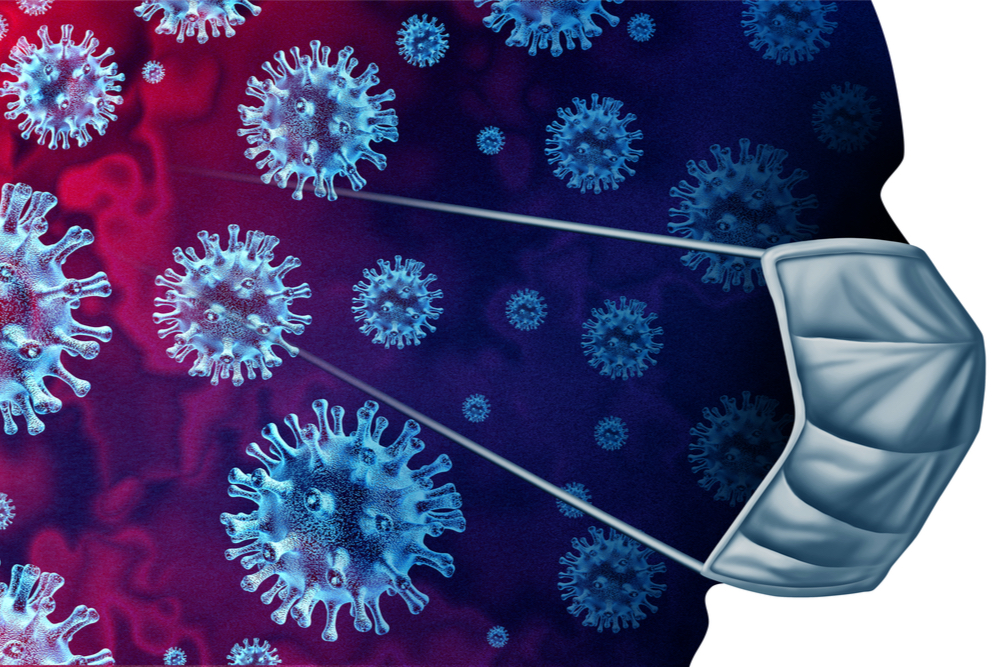By Grayson Keglovic
A State Auditor General report released last week found several inaccuracies in how Florida tracked COVID-19 cases and deaths during the early months of the pandemic that may have hampered health officials’ effort to curb the deadly virus.
Tampa Bay Times’ Ian Hodgson dove deep into the audit and appeared on WCOA with Inweekly publisher Rick Outzen last Thursday, offering his takeaways from the report.
“The Big takeaway is that, in the first seven months of the pandemic, the deaths that were reported by the state perhaps didn’t actually accurately reflect the true number of deaths,†the reporter shared. “And those deaths that were reported were delayed in some cases by up to two months.â€
The Florida Department of Health had two data sets—COVID deaths reported by physicians and the FDOH’s official COVID list—and the auditors found they wouldn’t line up, according to the report. Hodgson said, “Total number of deaths that we saw in those first months didn’t totally reflect the actual number of people who were probably dying of COVID.â€
The State Auditor General sampled 2,600 COVID tests done at three state-run testing sites from March through October. A majority of positive results were lost. Hodgson said, “Three out of five tests that went out never got a result returned. Whether or not the people whose test results were never returned, it’s not clear right now. There could have been people in there who were testing positive and who were perhaps never informed that they were positive for COVID.â€
The reporter pointed out the vaccine was available until months later. He said, “When you’re dealing with a pandemic that is easily transmissible, and early in this pandemic, when not everyone had access to a mask and in these first seven months we didn’t have vaccines, knowing that you were positive was probably the most effective tool (to curb the spread of the virus) that we had.â€
The auditors found the root of the problem was the laboratories hired by the state to process the tests and FDOH not adequately tracking the tests. Hodgson said, “According to this report, the state didn’t do an adequate job of reconciling how many tests were going out, how many tests were getting back, and then following up with those laboratories to make sure they were seeing every test that was being taken.â€
The media was aware of issues with the labs. Inweekly had several reports of people waiting weeks for results. The Tampa Bay Times reporter shared, “Earlier in the pandemic, this appears to be a larger problem than I think we knew.â€
Contact tracing supposedly was to help FDOH curb the virus’ spread. According to state guidelines, people that tested positive were to be notified within 48 hours so they could provide the names with which they had been in contact.
“People were getting these calls days or weeks after testing positive, and about 23% of people never got that phone call within those first seven months,†said Hodgson. “The records show that the state either was unable or didn’t even try to contact them. The records show that the state either was unable or didn’t even try to contact them.â€
As the virus spread rapidly, state health departments around the country became overwhelmed. Hodgson said that Florida was woefully understaffed to deal with the crisis.
“Between 2011 and 2019, the state eliminated about a quarter of the Department of Health’s staff, so that when this pandemic hit, we had the fewest epidemiologists per resident than most of the country, or fewer epidemiologists per resident than most of the country,†Hodgson said.
The reporter admitted other states had similar issues during the early stages of the unprecedented health crisis.
“As this pandemic is unfolding, state resources are overwhelmed, and problems are going to arise, and that’s not surprising and not unique to Florida,†Hodgson said. “But, this has to be taken in the context of the state’s decision to roll back Department of Health resources that could have responded to a pandemic.â€
